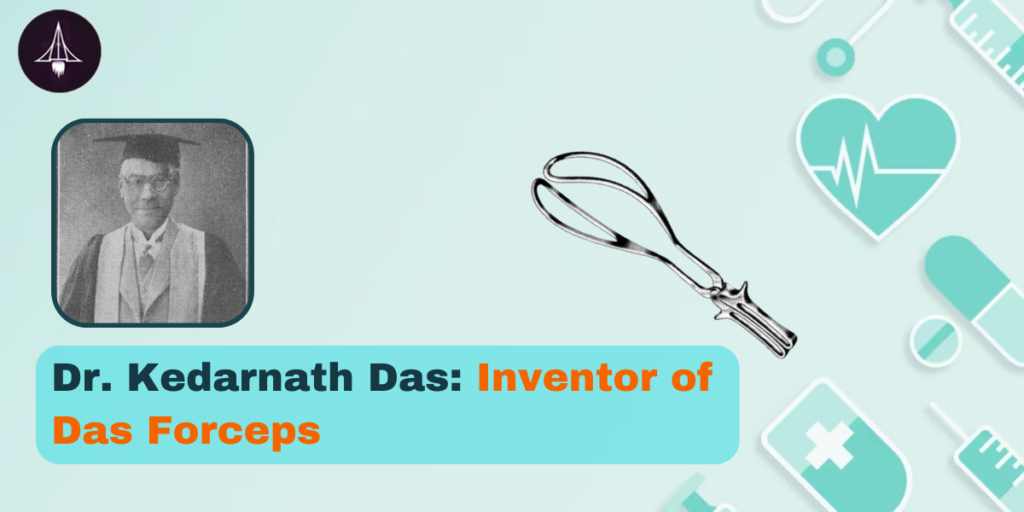Meet the Bengali doctor, who transformed childbirth with his revolutionary ‘Das forceps,’ playing a vital role making deliveries safer and less painful and preventing infant and maternal deaths. This is the story of Dr. Kedarnath Das, the doctor who reshaped the landscape of obstetrics and made ‘Das forceps,’ which is still in use today.
It all started with a story. In the year 1912, the doctor was shocked to see the girl in the hospital bed. She had given birth a week ago and was admitted because she couldn’t control her urination and bowel movements. After examining her, the doctor found serious injuries—a large hole in the bladder, a torn rectum, a broken pelvic joint, and separated pelvic bones. When he asked about what happened, he heard a horrifying story.
During labor, the baby was positioned sideways with the arm coming out first. The midwife attempted a risky delivery method, resulting in a stillborn baby and severe injuries to the mother.
This inspired Dr Kedarnath Das, a leading obstetrician and gynaecologist in Calcutta (now Kolkata), to create specially designed forceps for Indian women in 1913.
These instruments, called ‘Das forceps’ after him and still in use today, made deliveries safer and less painful, while also helping prevent many infant and maternal deaths.
Dr. Kedarnath Das was born on 20 February 1867 into an educated family, Das excelled in his studies, earning medals and scholarships. He stood out at Calcutta’s Medical College, becoming the ‘best student of the year’ in 1892. After topping the University of Calcutta exams that year, he obtained an MD in Gynaecology and Obstetrics from Madras University in 1895.
Dr. Kedarnath Das most significant contribution was designing forceps tailored for young Indian mothers. The forceps in use were designed for adult Western women, causing distress to both mother and infant. Das’s forceps were shorter and better suited to the young Indian mother’s anatomy.
In 1928, Dr. Kedarnath Das became the first Indian to publish a book on Obstetrics, focusing on the Indian context. Titled “Obstetric Forceps: Its History and Evolution,” it incorporated perspectives from ancient Indian medical knowledge, challenging the notion that surgery originated only in the West.
Delivery rooms were once dark and unsanitary, with men neglecting the risks, leaving young mothers in the care of traditional midwives. Dr. Das overcame societal norms resisting hospital deliveries and persuaded families to seek medical help. Despite challenges, he personally sat for hours with laboring women, prioritizing their well-being over his rest and social engagements.
Share this story and follow SciAstra for your daily dose of inspiration and share this to help us in our mission to build scientists of tomorrow!
Also check this out:-
Ravish Malhotra: The First Indian in Space
Dr. Raja Ramanna: The Nuclear Physicist
Jaykumar Vaidya: The Indian Scientist





